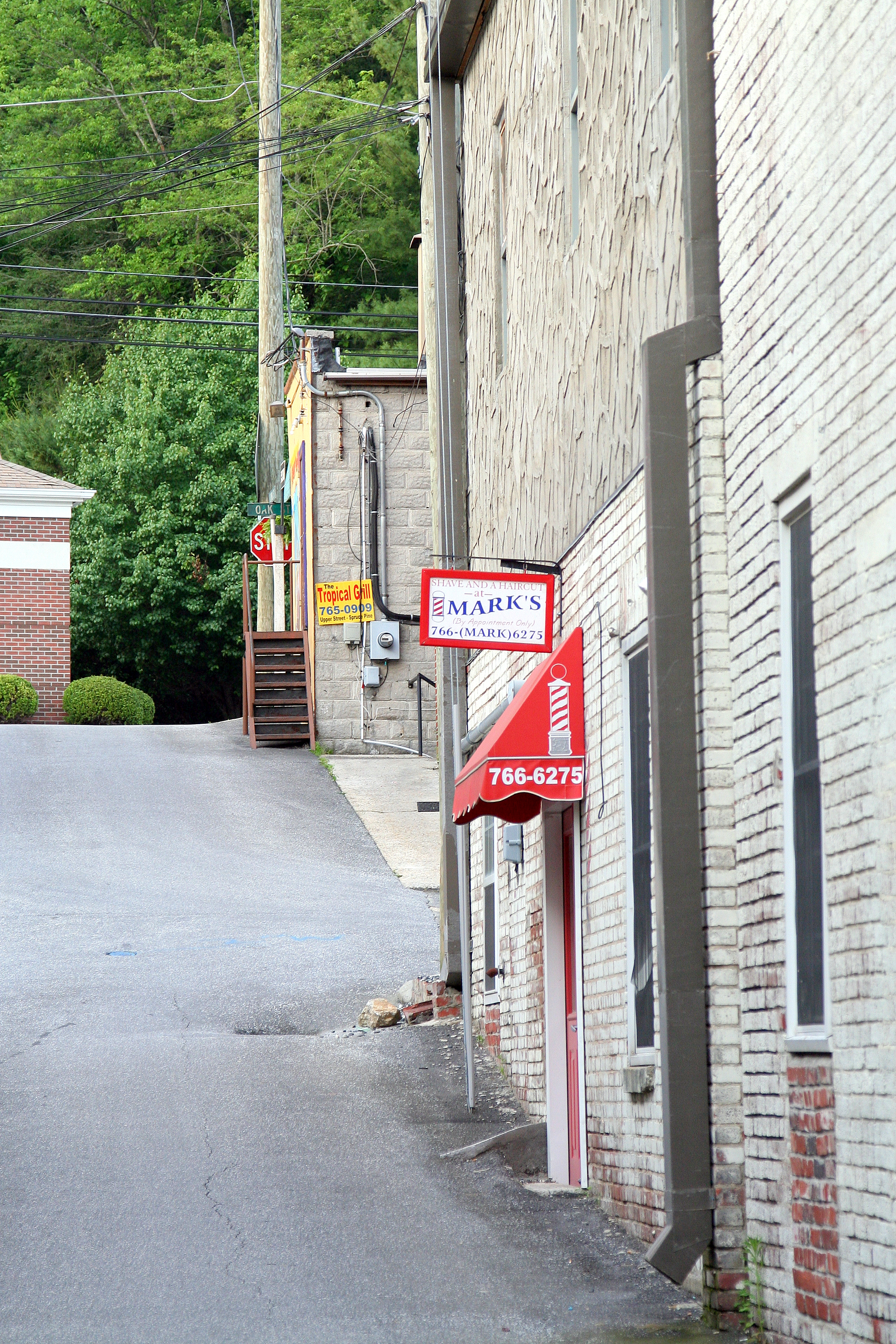Seeing Hannah: My Trip to Spruce Pine
/About a year and a half ago, I decided I should take a trip to the cemetery to visit Hannah's gravesite. I had wanted to visit the little town in western North Carolina for decades, and I finally made a point of it Memorial Day weekend in 2012. At that time I had no idea I would be starting a blog, so I didn't take as many photos as I should have. I will go back.
Spruce Pine last May.
Downtown Spruce Pine
An abandoned theatre outside of town.
A house along a country Bakersville road. Although rundown, I find it absolutely beautiful.
After leaving Tennessee, I headed east. The western mountains of North Carolina are difficult to fully describe: majestic, daunting, breathtakingly beautiful. I had to be incredibly careful not to look around too much as I soon realized running off the road and rolling down the tree covered mountains is a definite possibility!
I located the church and graveyard in Bakersville and wandered around looking for her headstone. The entire cemetery has a beautiful backdrop of the mountains. I came upon Hannah's parents, cousins, brothers, grandparents. Almost giving up, I found her resting place almost right at the entrance to the cemetery.
I made my first stop in Jonesborough, Tennessee, where my late father's cousin lives. To my knowledge, only one portrait of Hannah exists, and it hangs in a house in Jonesborough. I had to see it in person, mainly because there are no copies, and I wanted to take a photo to have as my own. The portrait is actually a painting from (my best guess) the 1890s, painted when Hannah was probably around 20 years old. When I stood close to it, I could see the aging and chipping of the paint at the top, and it probably will not survive for too much longer. But I did my best. And now I have a picture of Hannah.
After spending time in Spruce Pine and Bakersville (and a big thank you to the Bakersville Public Library for being so kind to this freaky intense woman in their Carolina Room), I headed to Morganton to see the hospital where Hannah died.
The main building at Morganton State Hospital, now Broughton.
The entrance into the main building. The door strikes me as being very old, and I wonder if Hannah walked through it before being admitted.














